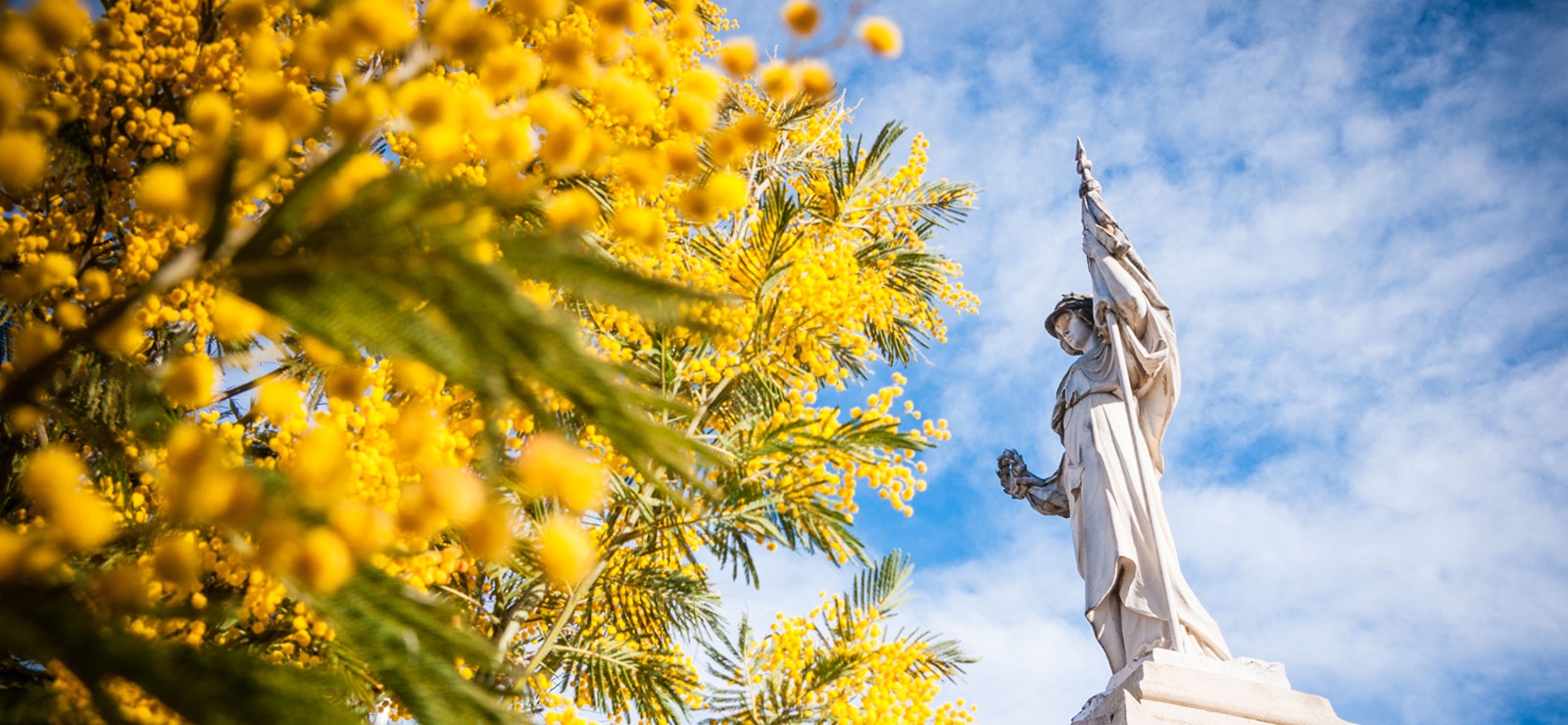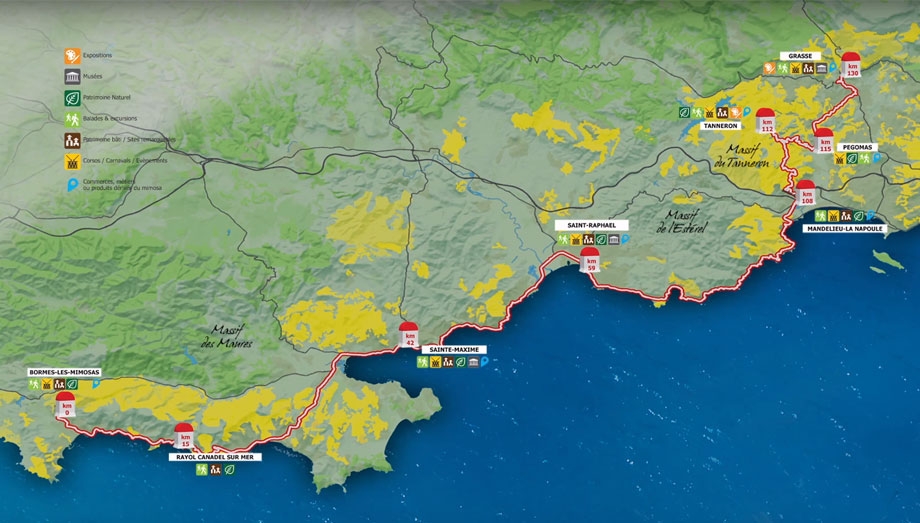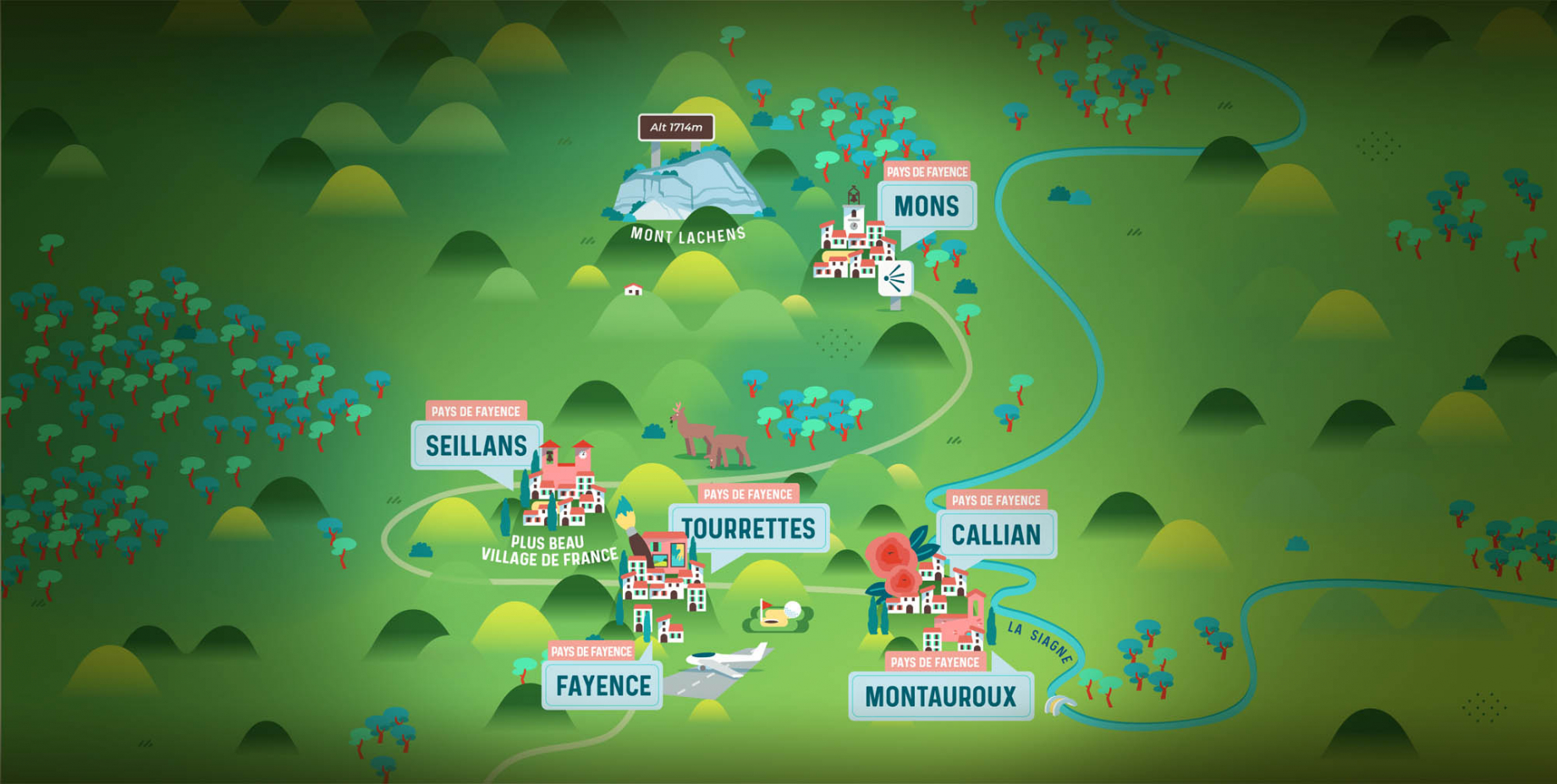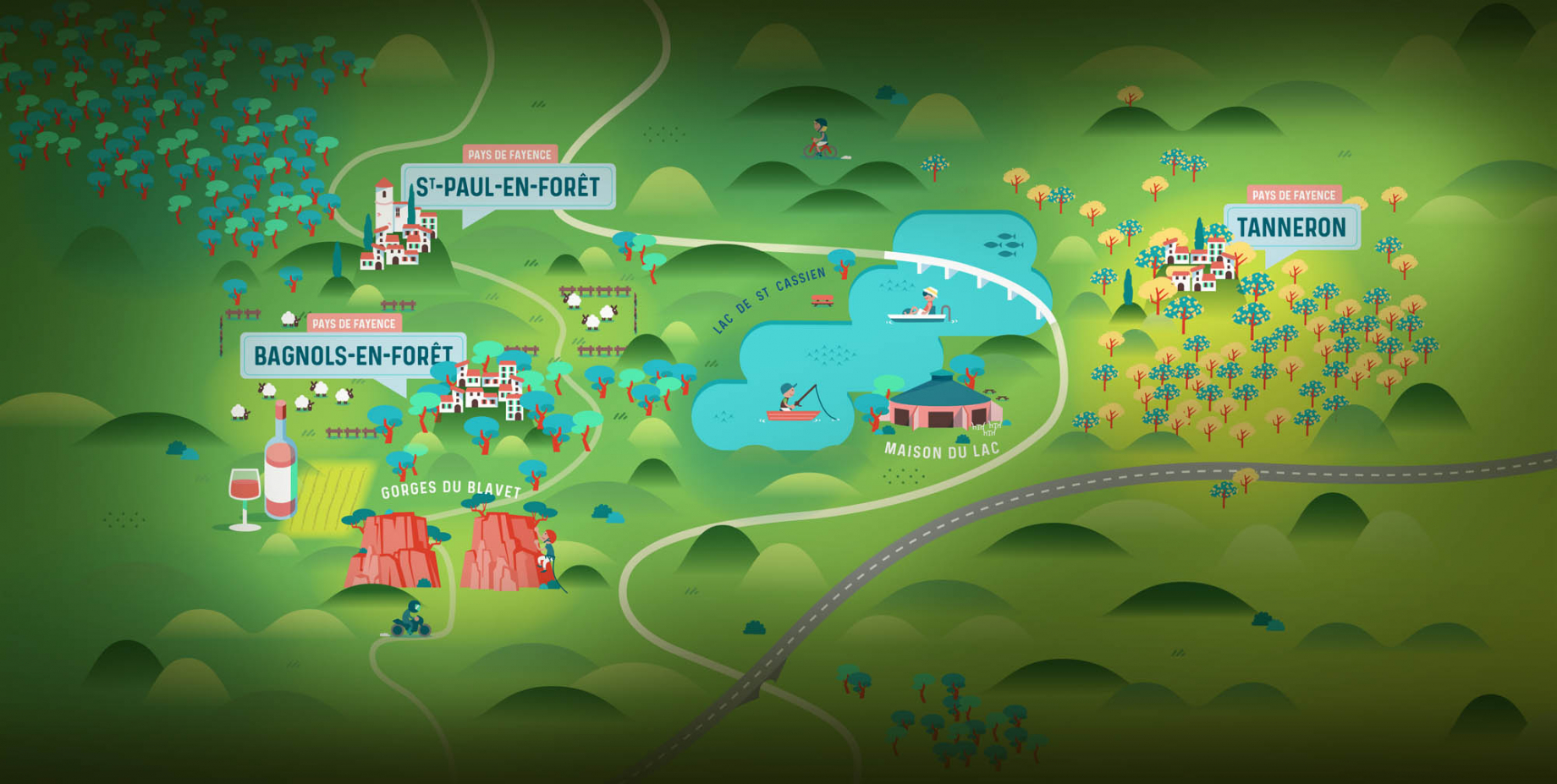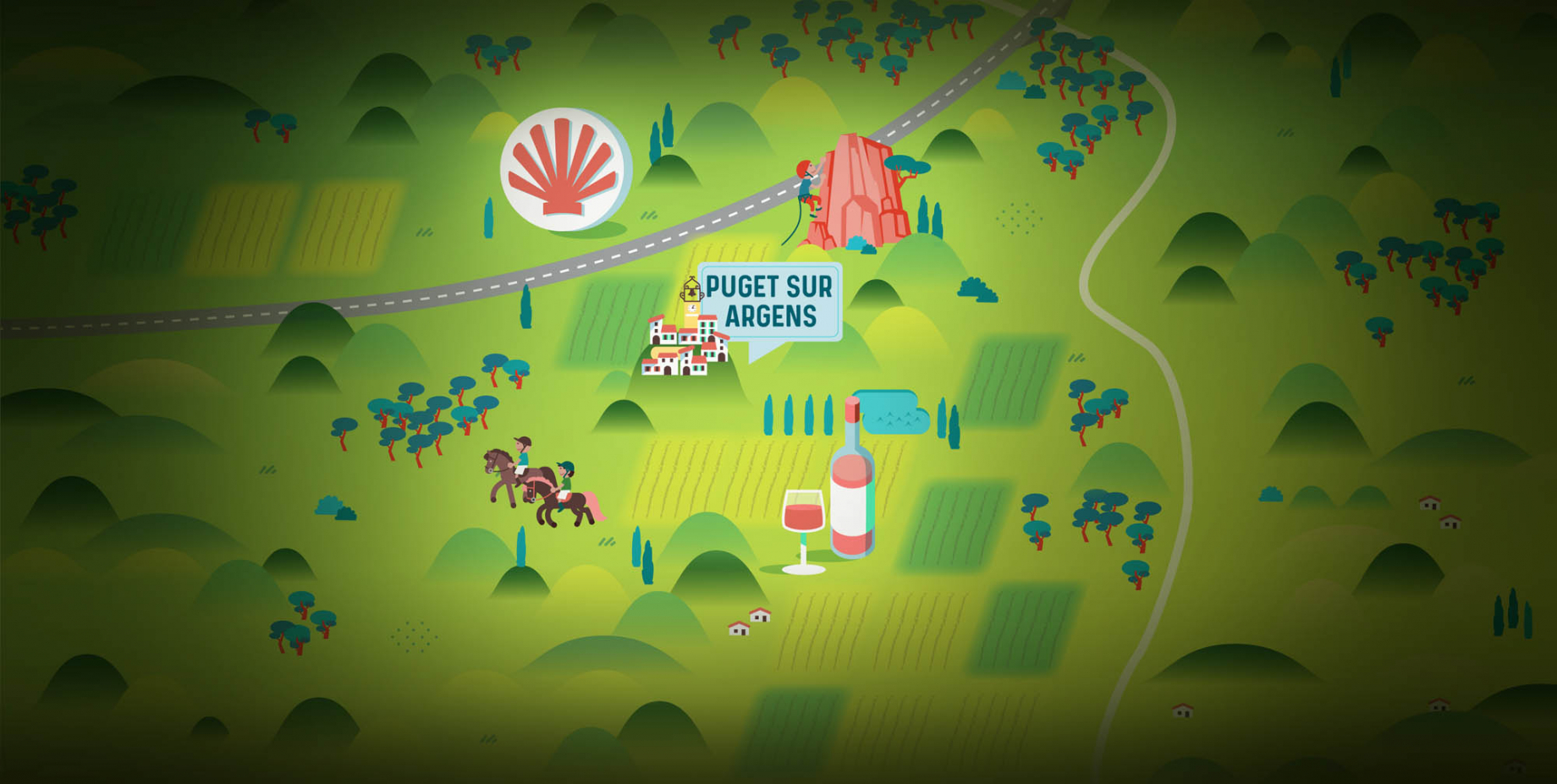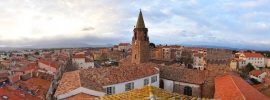Over the last few days, you have probably noticed a lot of golden spots along the coast and on the Azurean hills. In contrast to the blue of the azure, the mimosa is back ! Symbol of the sun and gold, it can be found on more than 130 kilometers, from Bormes-les-Mimosas (Var) to Grasse (Alpes-Maritimes) via Saint-Raphaël (kilometer 59).
The ideal period for walking is from January to early March: the smell of mimosa is omnipresent and the forests are golden ! On the road, take a break in the charming hamlets of Tanneron, the commune with the most trees of these golden tassels.
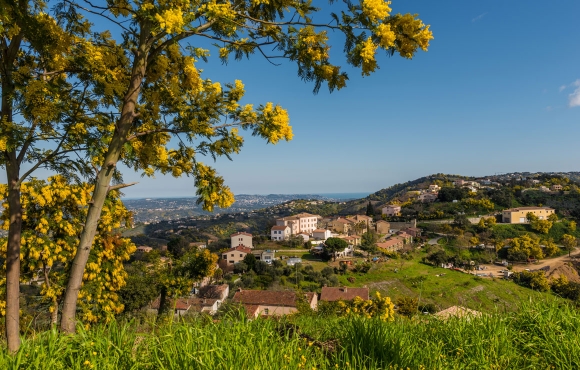
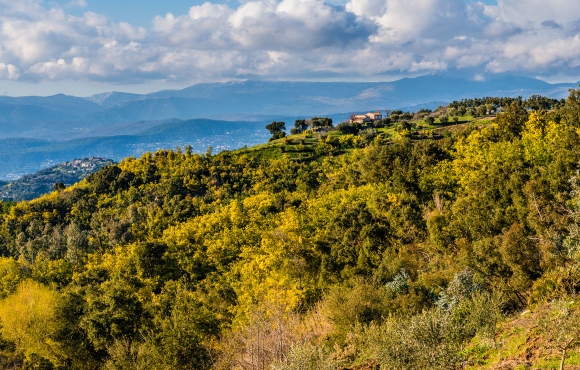
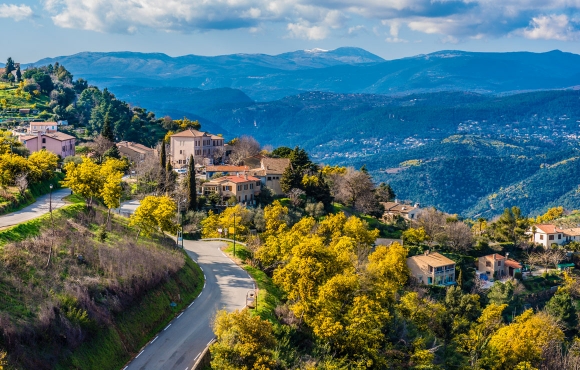
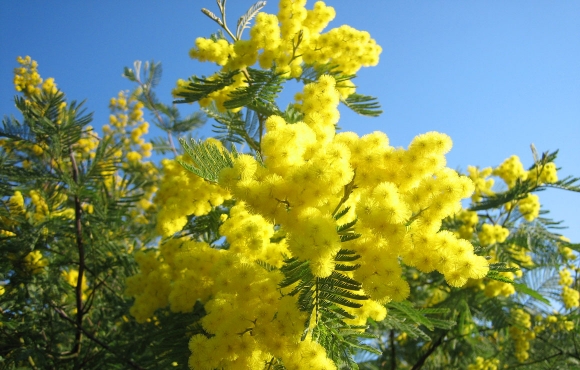
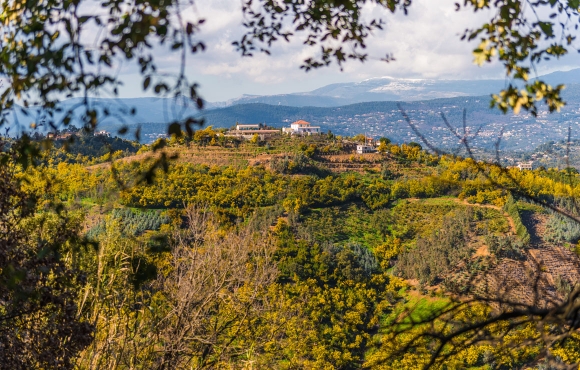
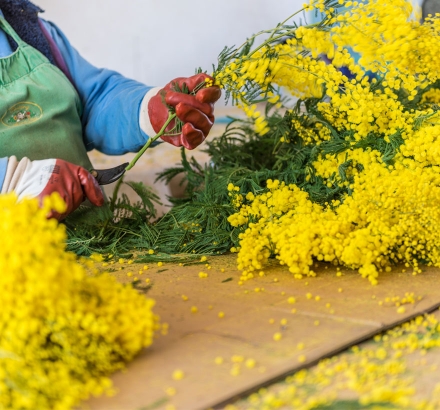
Did you know that?
The mimosa is native to Australia. Coming from the Acacia family, the first plants were collected by the English in 1780 and dispersed in Europe, to the delight of botanical gardens. The attraction of the English for the south-east of France made it possible to implant this flower all along the Mediterranean coast, where it was able to blossom fully thanks to the favourable climate.
Your activities around the mimosa :
discovery walks, minibus excursion...
Discover the characteristics of the mimosa with expert naturalist guides on the subject and nature in general !
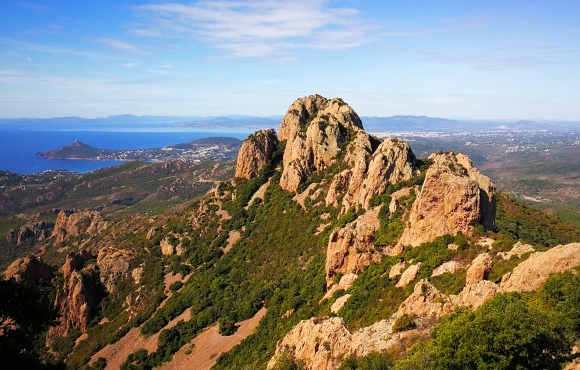
Accompanied and commented walk Massif de l'Estérel
Discover the activity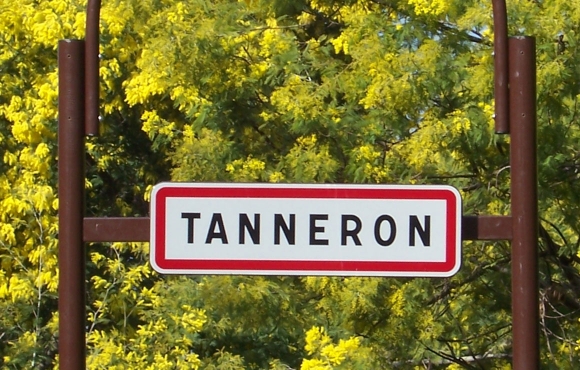
Mimosa Route - Coach excursion
Discover the activity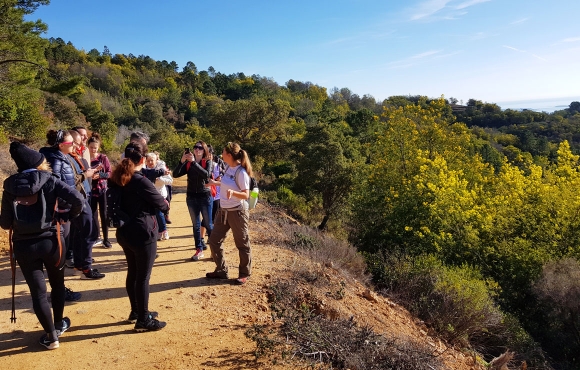
Mimosa hike in Mandelieu-la-Napoule
Discover the activity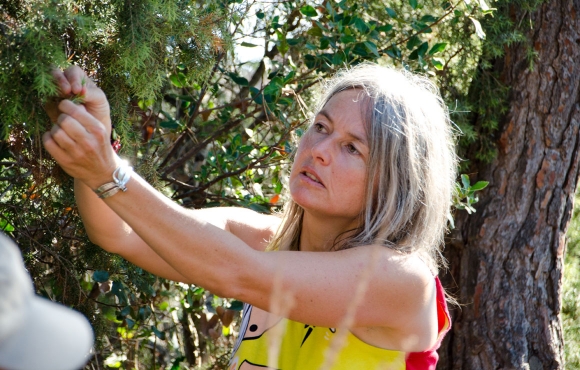
Naturalist walk in the heart of Tanneron
Discover the activity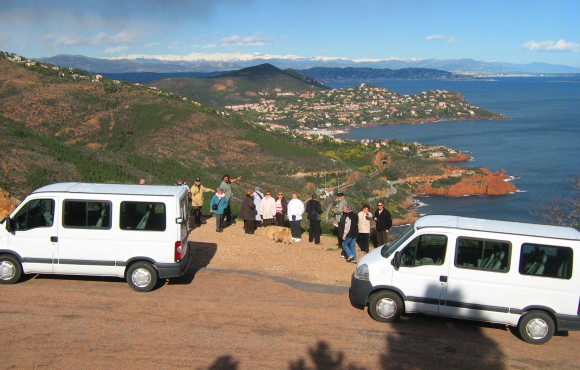
Guided walk - Discovery of the Esterel
Discover the activityGrow your own mimosa !
The secret ? The mimosa is planted in spring or autumn :-)
- Choose a large bin (minimum 40cm).
- Place a layer of gravel or clay balls at the bottom of the pot. Since it can grow up to 50 cm per year, allow space around it.
- The mimosa is sensitive to cold, so shelter it in winter or place it in a well-lit room.
As soon as the weather is fine, it will open out fully on your terrace or balcony and withstands the dryness in summer quite well.
Helpful hint : To promote its growth, mimosa needs iron. Place crushed cans in the bottom of its pot to fill it up with vitamins !
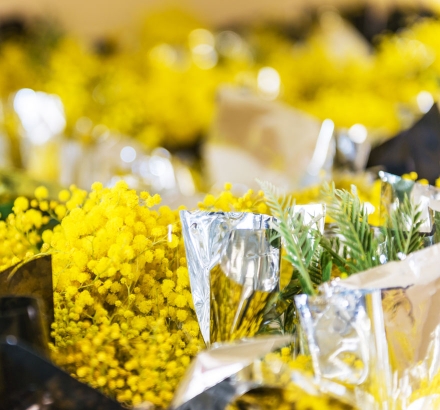
The therapeutic virtues of mimosa
Used by Mayan and Aztec Indian healers during antiquity for its regenerative virtues, mimosa is recommended as a cream to treat mature and fragile skin, to restructure tissues and soothe the pain of burns.
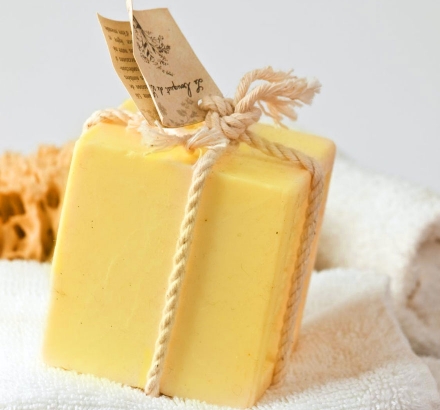
Mimosa products
Mimosa can be found in a wide range of products! Its delicious scent makes it an ally of choice for many cosmetic products (creams, soaps...). You can smell these flagrances in the perfumeries of the city of Grasse, the world capital of perfumes.
But mimosa can also be enjoyed ! In sweets, honey, jelly, syrup, candied... it makes your mouth water just by writing it down !
Recipe : crystallized mimosa flower
Discover hereafter a simple and quick recipe to make crystallized flowers of Mimosa to decorate your teas or pastries ( guaranteed effect ! ):
- Take mimosa flowers, wash them gently and wipe them in absorbent paper towels.
- Then dip the small yellow pompoms in slightly beaten egg white.
- Sprinkle with icing sugar and leave to air dry on baking paper.
- Taste it !
Didier Carrié, chocolatier au Palet d’Or, has patented an exclusive recipe: the "Mimosa d'Agay", a unique, sweet chocolate rolled in crystallised mimosa powder. A recipe kept secret but that you can try to break through by savouring it !
Professions around the mimosa
From the nurserymen who cultivate it, to the guides who pass on their passion, to the florists who make beautiful bouquets, to the confectioners and perfumers who transform it for the pleasure of our senses... mimosa is not only a culture but also an art !
Watch hereafter a report broadcast on Jean-Pierre Pernaut's TV news on TF1, January 12, 2018. We find the mimosa grower Bernard Vial, exhibiting in Tanneron, who explains how he exploits the mimosa and his tips for a good flowering.
Instagram : Share your photos #VisitEsterel !
Post your most beautiful photos with the hashtag #VisitEsterel and follow our account @esterelcotedazur to be reposted !

